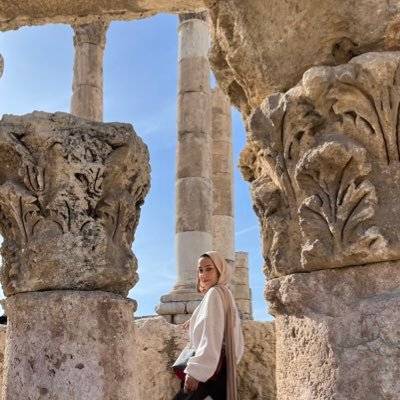What: French massacre of Algerians
When: 8 May 1945
Where: Setif, Guelma and surrounding areas
What Happened?
As Europe celebrated the beginning of the end of World War II with Germany surrendering on 8 May 1945, thousands of Algerian men, women and children were mobilised by the French in Algeria to mark the victory of the Allied forces over the Nazis.
Anti-French sentiment and the anti-colonial movement had been building across Algeria for months, leading to protests prior to 8 May. Some 4,000 protesters took to the streets of Setif, a town in northern Algeria, to press new demands for independence on the colonial government and greater rights.Many organisations joined the protest where they held up placards including “End to occupation” and “We want equality”. When a 14-year-old member of the Muslim Scouts, Saal Bouzid, held an Algerian flag, the French on orders from General Duval, opened fire on the unarmed protesters killing Bouzid and thousands of others.
Panic ensued and clashes between the Algerians and French quickly led to violence with the French using all attempts to control the population. The colonial forces launched an air and ground offensive against several eastern cities, particularly in Setif and Guelma.
The head of the temporary government of France at the time, General De Gaulle, ordered for farmers and villagers from surrounding areas to be killed in what quickly became lynching operations and summary executions.
Thousands of bodies accumulated so quickly that burying them was impossible so they were often dumped in wells or surrounding ravines.
The violence would continue until 22 May when the tribes surrendered. By then, 45,000 Algerian men, women and children in and around the region of Setif, Guelma and Kherrata had been killed along with 102 French casualties.
What Happened next?
The massacre by the French provoked the anti-colonial movement and nine years later Algeria began its War of Independence in November 1954 – a fight which would claim the lives of 1.5 million Algerians until independence was declared in 1962.
The 8 May is an official day of mourning in Algeria which contrasts heavily with the celebratory anniversary around Europe. On February 2005, Hubert Colin de Verdière, France’s ambassador to Algeria, formally apologised for the massacre, calling it an “inexcusable tragedy”. President of Algeria Abdelaziz Bouteflika has called the Setif massacre the beginning of a “genocide” perpetrated during the Algerian War by French occupation forces. France has denounced this description.




![French soldiers stand in front of the dead bodies of Algerians [5pillarsUK]](https://i0.wp.com/www.middleeastmonitor.com/wp-content/uploads/2017/05/algeria.jpg?resize=461%2C280&ssl=1)
![image (17) Image of French soldiers standing in front of Algerians, massacred in 1945 [5pillarsUK]](https://i0.wp.com/www.middleeastmonitor.com/wp-content/uploads/2017/05/image-17.png?w=539&h=327&ssl=1)
![image (18) Image of French soldiers standing in front of Algerians, massacred in 1945 [5pillarsUK]](https://i0.wp.com/www.middleeastmonitor.com/wp-content/uploads/2017/05/image-18.png?w=653&h=327&ssl=1)






